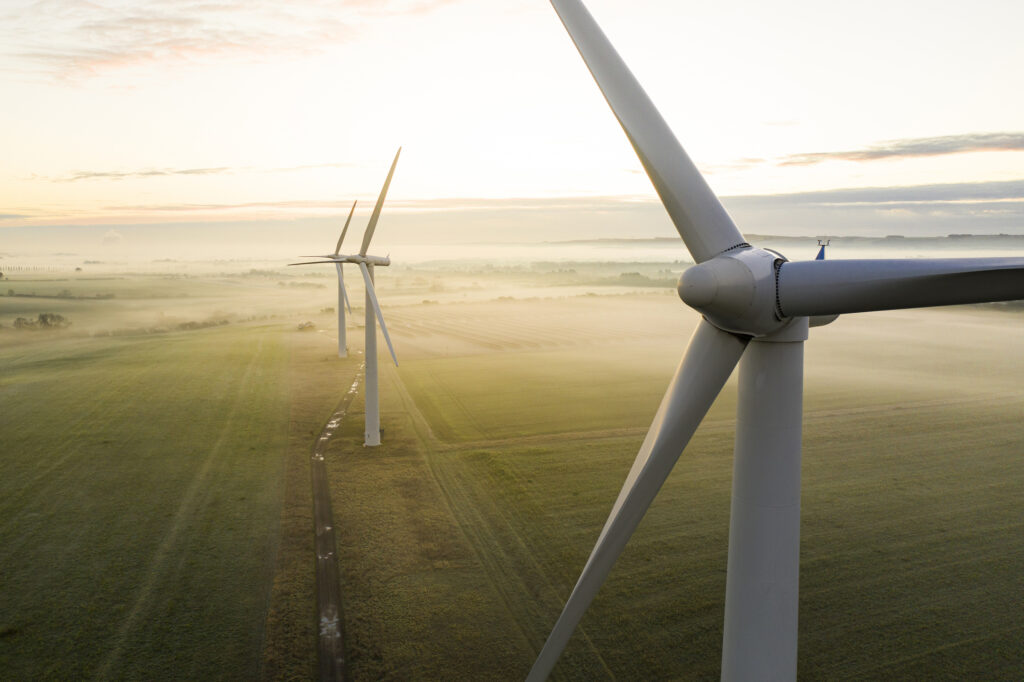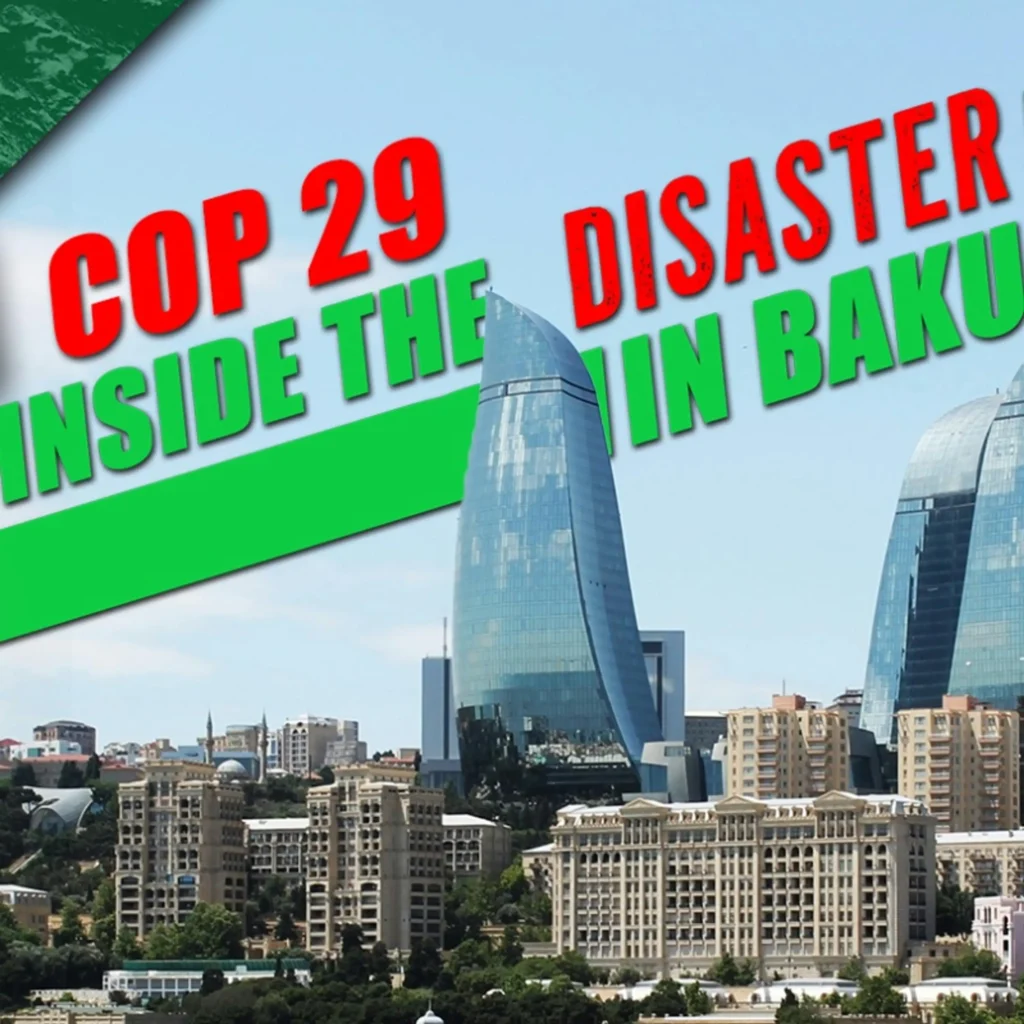A new scientific report published by the Wisconsin Institute for Health has found mining silica sand for use in hydraulic fracturing, commonly referred to as “frac sand,” poses minimal risk to the health and safety of nearby residents.
Frac sand mining has become a contentious issue in states such as Illinois, Iowa, Minnesota, and Wisconsin, where demand for the strong, spherical sand increased dramatically over the past several years. While production of frac sand skyrocketed when oil prices were high, which led to the creation of thousands of high-paying jobs throughout the region, sand mining also raised concerns about how these mines would affect the health and safety of nearby residents, especially the health of vulnerable populations such as those with chronic respiratory conditions.
According to the authors of the study, who sought input from more than 25 public health professionals from several county health departments in western Wisconsin, tribal governments, and universities—including the University of Iowa—the general public and at-risk populations have little to fear because frac sand facilities are not emitting levels of respirable crystalline silica, which can cause the lung disease silicosis in occupational settings, anywhere near a level that could be considered dangerous.
Water quality is not being negatively altered either, because the agents used to recycle additional water on-site are highly biodegradable and do not last for an extended time in a natural environment. Impacts on water quantity were found to be theoretically possible, but regulations on high-capacity wells enforced by the Wisconsin Department of Natural Resources minimize the risk of sand mines affecting the wells of nearby residents.
The only potential health effects studied that were considered plausible or likely to occur were feelings of stress and anxiety over what the study deemed “quality of life issues,” which consists largely of how people feel when an industrial sand mine changes the nearby landscape. The study also found those surveyed had a slightly greater-than-usual level of anxiety about whether industrial sand facilities would impact their health, property value, or the general enjoyment people feel living in western Wisconsin.
It is completely understandable for people to feel anxiety or stress as a result of the potential impacts related to living next to an industrial sand facility. People work their entire lives to buy a house, raise a family, retire, and with a little luck, spoil their grandchildren. Thankfully, this report should go a long way in alleviating anxiety-related health impacts people may be suffering from, because it provides factual, scientific evidence showing that even the most vulnerable populations are likely not at risk of any serious issues related to industrial sand mining.
This study also has the potential of reducing the levels of anxiety and stress caused by irresponsible and unscientific claims made by organizations such as Madison Area for Mining Alternatives (MAMA). MAMA and other organizations have falsely claimed the Wisconsin Department of Natural Resources has little oversight over industrial sand operations and that frac sand mining threatens the health of nearby residents by exposing them to dangerous levels of respirable crystalline silica. These organizations intentionally promote non-scientific studies and deliberately spread misinformation on the potential health risks of industrial sand mining to obstruct mining and drive their own fundraising efforts.
Unfortunately, when organizations deviate from promoting the best-available science, they make lots of people more anxious and afraid than they should be, making them a bigger health threat than the industrial sand facilities themselves.
This report is good news for the people of western Wisconsin, because it means industrial frac sand resources can be developed safely and local residents can enjoy high-paying jobs—and, for the time being, really low gas prices.





